Location-based marketing: How does it work?
Today, media and social networks have grown immensely, and humanity is moving towards a connected industry 5.0. The game changing strategy that businesses need to be using is Location-based marketing. This method will help your business connect with your potential customers quickly, consistently, and efficiently.

Status of enterprises ready to use Location-based marketing
According to a DataReportal report on Global Internet Usage, more than 90% of people in the world use mobile phones today. The Internet has become an indispensable part of life. This has made businesses focus on investing in digital marketing strategies instead of traditional channels.
Location-based marketing can also be an important factor in determining the success of your business. But first, you need to understand the demands of customers and the scale of your connections. This means that businesses do not necessarily connect with customers around the world, country or even state and instead choose to focus on neighbourhood customers who are more likely to come to the store and make a purchase.
How does Location-based marketing work?
Location-based marketing is usually conducted through two methods, namely location-based applications and networks that users allow access to. Marketers have used GPS, IP addresses or beacons to locate and deliver messages to the target audience.
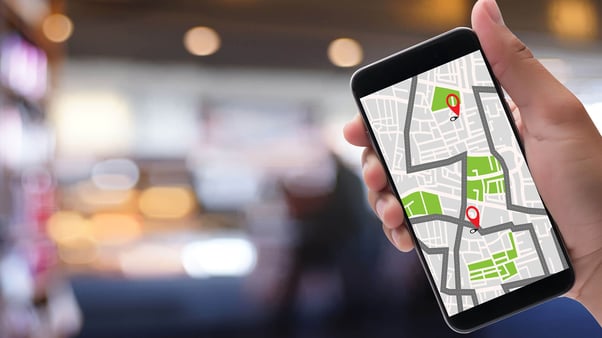
Through online media and social networks, information about the target group can include the user's age, gender, likes and precise location. Demographic information is also exploited by marketers.
There are several tactics or technologies available for marketers to utilise this data source for their tailored marketing campaigns. But there are 3 usage type that using the most:
Geotargeting
This tactic is implemented based on the principle of using the user's IP address. Because each connected device carries a unique IP address, pinpointing your location in the area will help your business significantly improve the number of people reaching your ads.
In addition, geotargeting can be used to retarget old customers based on user location history to send them current ads of the business.
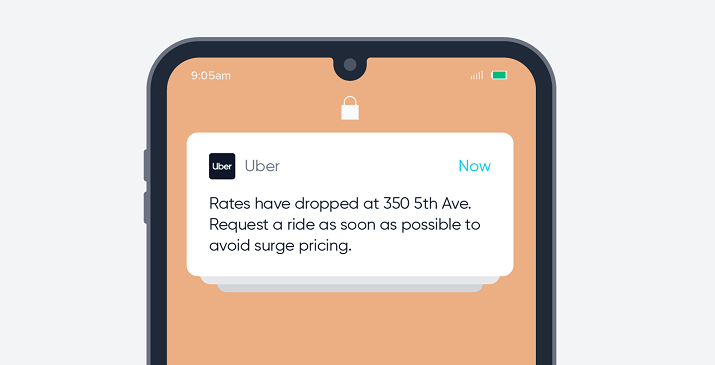
A common example of geotargeting is implemented by Uber. When a user is travelling and touches down in a new city, upon opening the app they will get a notification about available cars in that city.
Geofencing
Geofencing uses GPS to establish boundaries, forming a fence around the target area. Marketers can localise customer groups and deliver ads to every user within the fence.
This tactic is especially suitable for businesses with physical stores such as restaurants, supermarkets and grocery stores.
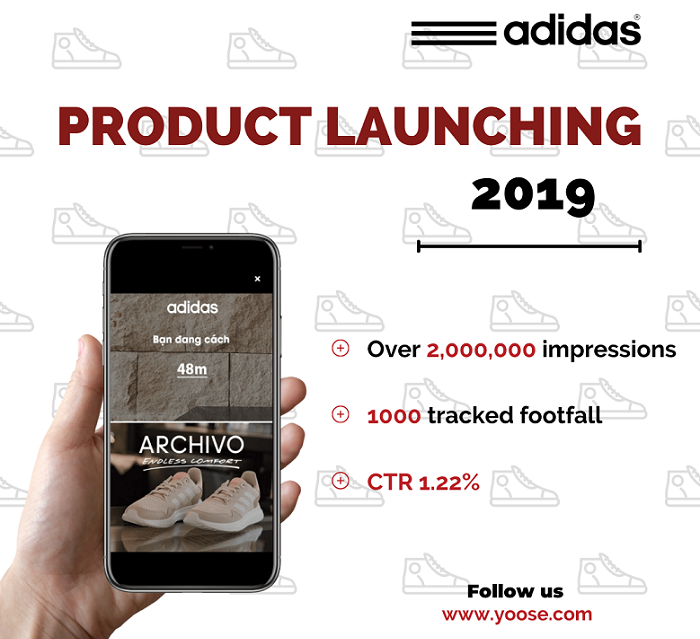
For example, with the aim of helping Adidas Vietnam increase brand awareness, YOOSE has implemented a hyperlocal campaign to advertise the Archivo line Starting by placing 200m geo-fences around each location. From there, creating ad interactions using dynamic elements, showing the real-time distance to the physical store to drive potential customers to visit. Results after 2 months of implementing this method, YOOSE has helped Adidas increase 2 million impressions and achieve a high CTR efficiency about 1.22%.
Beaconing
Beacons are implemented by connected devices using Bluetooth or WIFI. The target group of customers will be able to receive push notifications and emails coming from the store. This can be seen as a more direct communication channel with customers.
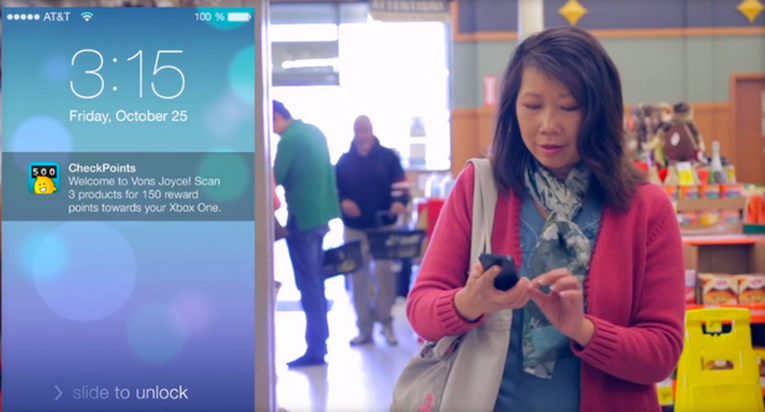
Retailers can place beacons in aisles around the store to send offers as consumers browse. For example, a grocery store may use beacons to see when a consumer is in the aisle, and then send them detailed deals.
When is Location-based marketing a great fit?
Location-based marketing is suitable for all types of businesses, especially small businesses like retailers, grocery stores and restaurants. These industries create great growth opportunities because their physical footprints are always in syncing with location data. When advertisers create audiences based on actual previous visitors (information stored in search history), they entice those customers to return by sending ads containing many offers, thereby improving relationships and increasing customer loyalty.
While it has many advantages over traditional advertising, location-based advertising will not be very suitable for products that can be found almost anywhere (e.g. soft drinks, toothpaste, milk, essential necessities).
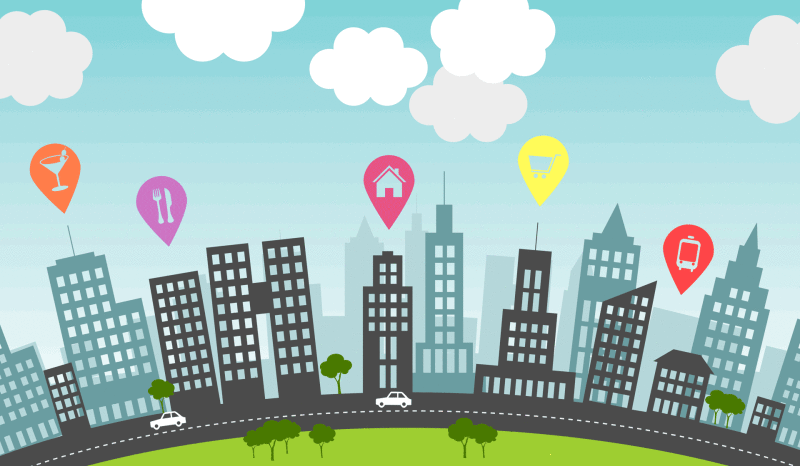
What Location-based marketing provides your business?
Increasing Ads conversion rates and potential customer reach are the goals that Location-based marketing strategy wants to bring to your business. Improving sales and expanding brand awareness are the factors that measure the success of this strategy.
The amount of information that target customers bring through this method can also help businesses make the necessary adjustments.
Personalised: Personalised messages always get more engagement. With the ability to personalise your campaigns, you’ll have the opportunity to showcase more of your potential customers' interests.
Right Time: The key to Location-based marketing is that it's timed. User location data is collected in real time to test, measure and refine. Thus, you can reach your target audience without missing a momentary opportunity.
Targeting: Marketing mix place location makes it easy to target people in different geographic regions according to their similarities and differences. With the right targeting, you'll save money and time.
Location-based marketing can help you
- Determine a good location when planning to open another store
- Develop strategies that are relevant to the region
- Research changes in customer needs and update strategies
- Do clear competitor analysis
- Make your ads reach their full potential
- Evaluate cost effectiveness ratios for advertising and marketing
A marketing mix with an emphasis on location strategies has been used in many cases and produced remarkable results. You can read through the Location-based marketing use cases to understand more about YOOSE's solutions and the results we have brought to our partners.
Contact YOOSE now if you want to develop this solution for your business.
Get in touch with us now!


